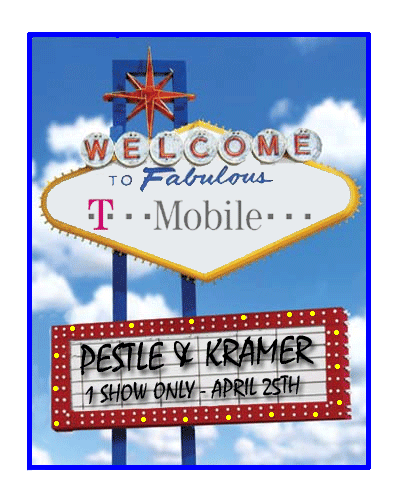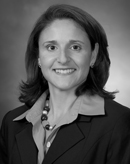 March 3, 2011: 2 hour live teleconference
March 3, 2011: 2 hour live teleconference
1 pm ET (12 pm CT, 11 am MT, 10 am PT)
Teleconference Highlights:
The wireless industry has built more than 250,000 cell sites in the United States in the past 20 years. But many more cell sites are needed as iPhones, iPads and the like strain existing network capacity with data, email, computer and video applications, as well as to fill gaps in coverage. New cell sites and significant modifications to existing cell sites will also be needed due to the FCC’s new advanced wireless services and goal of using wireless to increase broadband speeds and coverage.
This audio conference will help level the playing field by providing private and municipal property owners with the expertise of two faculty members highly experienced in cell tower and cell site leases – property owners usually are negotiating such leases for the first time, while the cell companies have teams who work exclusively on such leases.
This audio conference will focus on key business issues in wireless site leases, including lease rates, who gets the revenues from additional antennas or carriers being co-located at a site, potential underpayments by cell companies on existing sites and why rent reduction requests generally should be denied. An emphasis on the industry-specific elements and terms of modern cell site leases, and renewals and modifications of expiring leases, which are important for the property owner, their attorney and the leasing agent involved in these efforts. You will be better able to identify and resolve issues that are unique to wireless siting, including what may be included in a lease that cannot be included in a government-issued permit, site location and value, lease term and terminations, access requirements, interference regulation and mitigation, design and camouflage, and radio frequency emissions issues.
Learning Objectives
- You will be able to maintain and increase the revenues the property owner receives, and discuss the common elements of private wireless site leases on developed and undeveloped land.
- You will be able to utilize practice pointers, including key concepts, for owners of private property and their attorneys, as well as municipalities and municipal attorneys.
- You will be able to understand the basics of wireless technology and the real property, technical and technology issues that drive a wireless carrier’s siting and leasing process.
- You will be able to review insurance and indemnity provisions to protect the property owner.
Faculty Information
John W. Pestle, Esq., Varnum LLP
Jonathan L. Kramer, Esq., FSCTE, BTS, BDS, BPS, Kramer Telecom Law Firm, P.C.
MCLE/Educational Credit Information
- AIA
- AICP (Pending)
- CC
- CLE
- ENG
- PMI
Who Should Attend?
This audio conference is designed for attorneys, planners, directors of development, project managers, government administrators, council and board members, land use officials, public works and utilities directors, municipal government officials, engineers, architects, surveyors and real estate professionals.
| 5 Easy Ways to Register: |
| Online: |
www.lorman.com |
| Phone: |
1-866-352-9539 |
| E-mail: |
customerservice@lorman.com |
| Fax: |
1-715-833-3953 |
| Mail: |
Lorman Education Services, Dept 5382, PO Box 2933, Milwaukee, WI 53201-2933 |
| Seminar ID: 387436 |







 March 3, 2011: 2 hour live teleconference
March 3, 2011: 2 hour live teleconference


